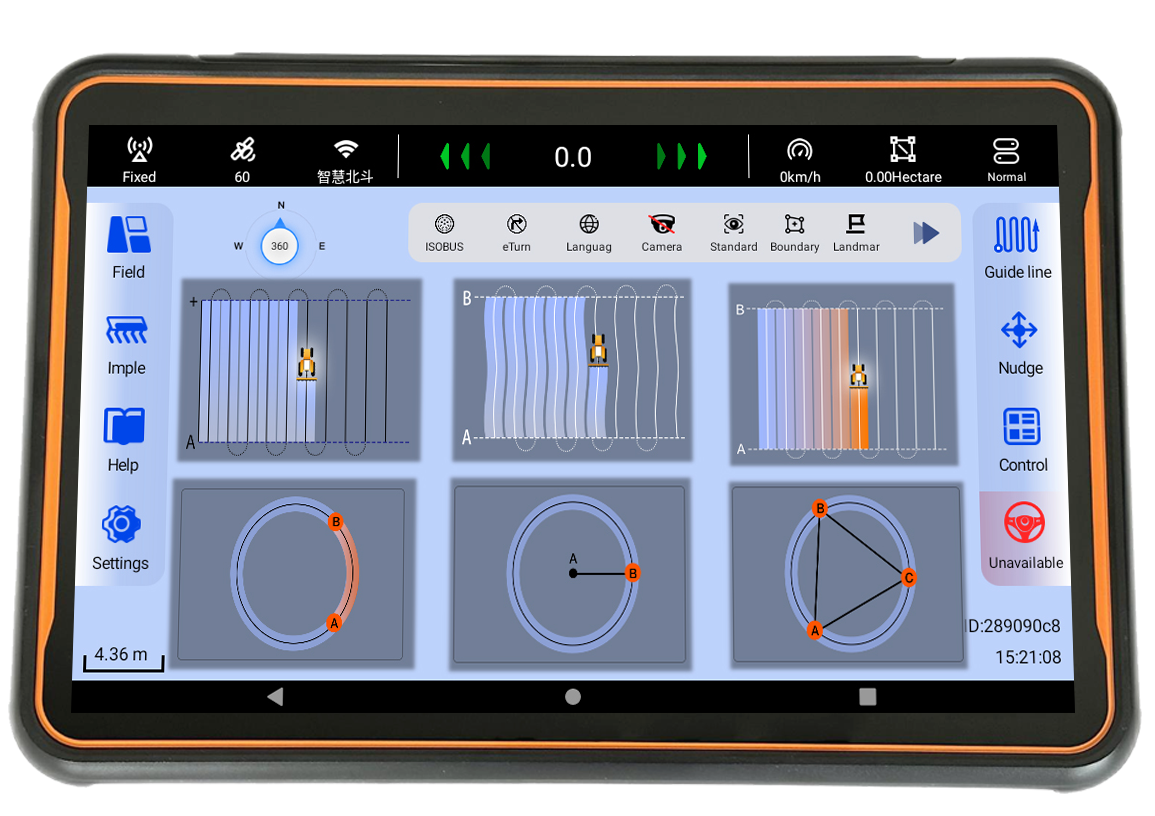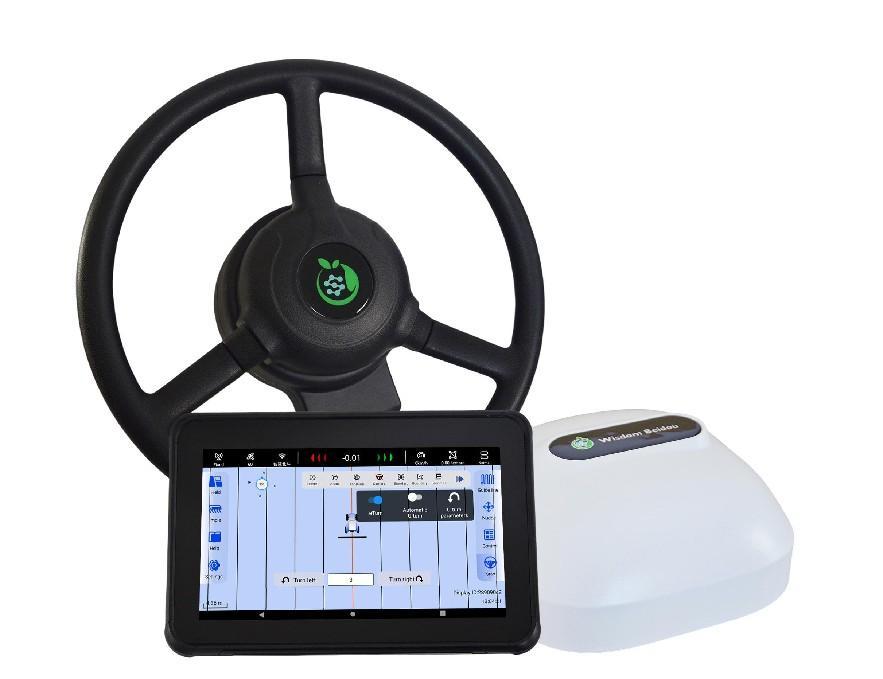Comparison of PPP, PPP-AR and PPP-RTK
Release time:
Mar 03,2025

Comparison of PPP, PPP-AR and PPP-RTK
PPP (Precision Single-Point Positioning), PPP-AR (Precision Single-Point Positioning Ambiguity Resolution) and PPP-RTK (Real-Time Kinematic Precision Single-Point Positioning) are the three key technologies in GNSS high-precision positioning, and they have their own characteristics and applicable scenarios. The following is a comparative analysis of these three techniques:
1. PPP
Principle: Use globally distributed reference station data to generate precision orbit and clock difference products, and realize high-precision positioning through a single receiver.
Advantage: No local reference station is required, suitable for environments with large range and no regional reference station support;
Positioning accuracy can reach centimeter to decimeter level (higher in static mode).
Disadvantages: longer convergence time (usually takes tens of minutes to hours); more sensitive to atmospheric delay (ionosphere and troposphere) errors;
Inability to directly fix the carrier phase ambiguity.
Application scenarios: global geodesy, crustal deformation monitoring, etc.; scenarios that require long-time observation and do not require high real-time performance.
2. PPP-AR
Improvement points relative to PPP technology: Fuzzy degree fixing technology is introduced on the basis of PPP, which solves the problem of integer characterization of carrier phase fuzzy degree.
Advantages: Convergence time is significantly shortened (compared with traditional PPP); positioning accuracy is further improved to millimeter level; more suitable for dynamic application scenarios.
Disadvantages: higher requirements for satellite orbit, clock difference and atmospheric correction model; increased computational complexity, requiring more powerful processing capabilities.
Application scenarios: dynamic high-precision positioning, such as UAV navigation, autonomous driving, etc.; high-precision real-time applications, such as seismic monitoring, structural health monitoring.
3. PPP-RTK
Principle: Combining the advantages of PPP technology and RTK, realizing real-time high-precision positioning by providing enhanced information (such as regional atmospheric correction, satellite deviation, etc.) through a network of regional reference stations.
Advantages: very short convergence time (a few seconds to a few minutes); positioning accuracy comparable to RTK (centimeter or even millimeter level); larger coverage than traditional RTK (hundreds of kilometers).
Disadvantages: need to rely on the regional reference station network, higher construction and maintenance costs; data transmission links may be limited by communication conditions.
Application scenarios: real-time high-precision positioning needs, such as precision agriculture, intelligent transportation, unmanned driving; regional high-precision positioning services.
Comprehensive Comparison |
|||
Features/Technology |
PPP |
PPP-AR |
PPP-RTK |
Positioning Accuracy |
Centimeter level to decimeter level |
Millimeter level |
Centimeter level to millimeter level |
Convergence Time |
Long (tens of minutes) |
Short (a few minutes) |
Very short (seconds to minutes) |
Ambiguity Resolution |
NO |
YES |
YES |
Dependence on Reference Stations |
NO |
NO |
YES |
Coverage |
Global |
Global |
Regional |
Computational Complexity |
Medium |
High |
High |
Real-time |
Poor |
Better |
Best |
Summary |
If you need high-precision positioning on a global scale and do not have high requirements for real-time performance, you can choose PPP. |
If you want higher accuracy in dynamic scenes and can accept a certain computational complexity, you can choose PPP-AR. |
If you need both real-time and high accuracy, and are supported by regional reference stations, PPP-RTK is the best choice. |

Wisdom Beidou’s new generation of agricultural machinery automated steering system can be equipped with optional star base board card with PPP-AR technology, star service covers most of the world, no network can also realize centimeter-level high-precision positioning, operating speed interval 0.1-25km/h, articulation line accuracy ± 2.5cm.
Previous page



